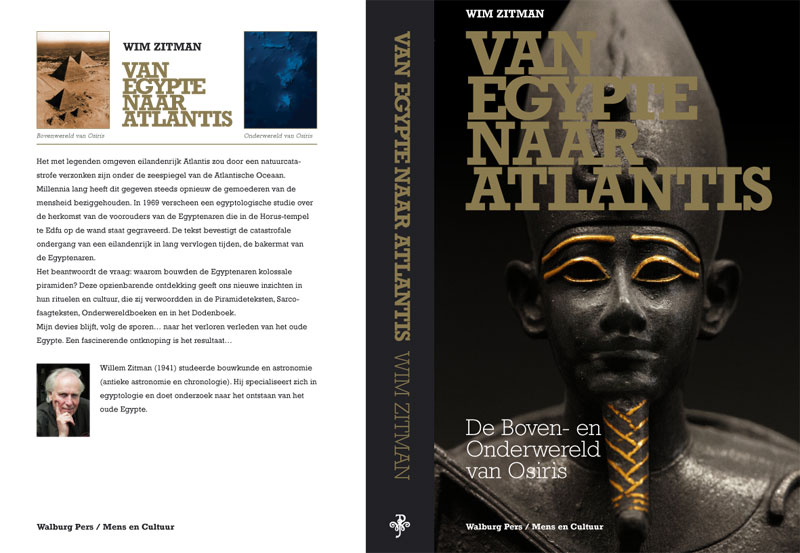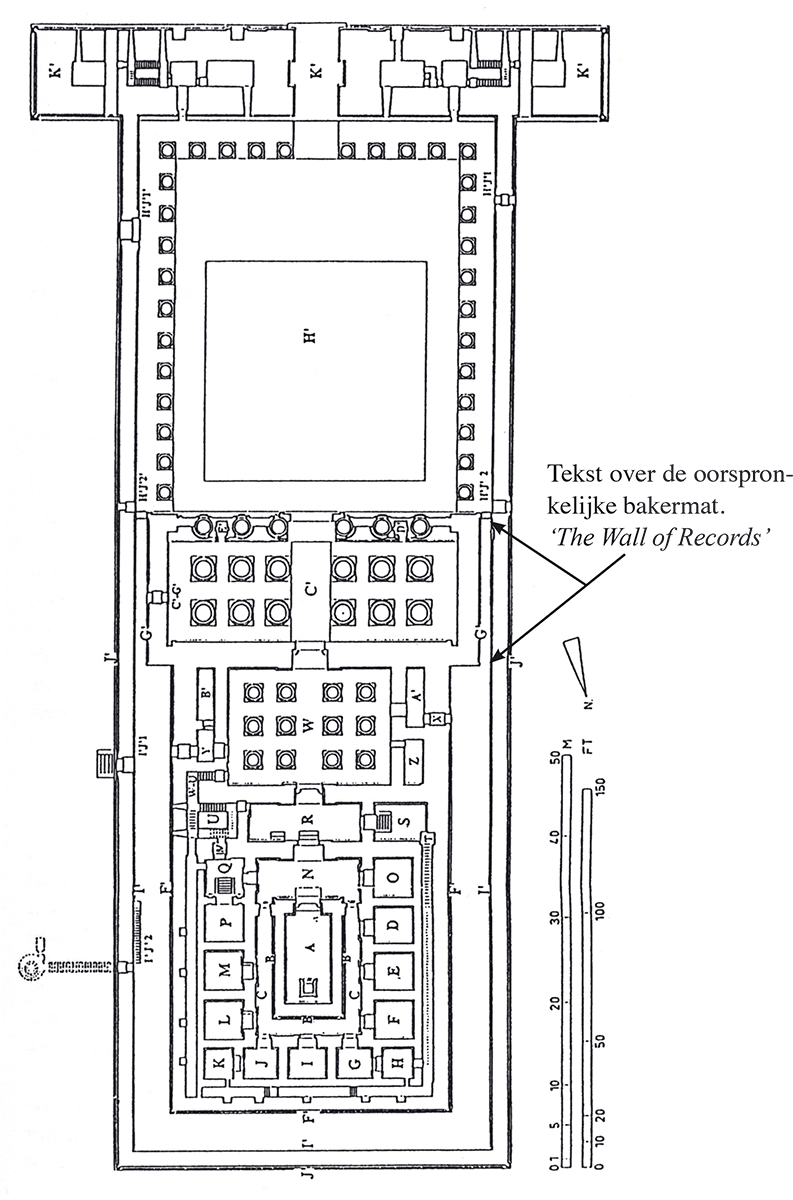What is it? This is it.
Publishing about Atlantis these days is almost invariably harmful to an author’s reputation.
After all, two hundred years of scientific research has shown Atlantis to be a fantasy, born from the minds of dreamers. There is no longer any need to go in search of the origins of our civilization, or is there? Atlantis, or so they would have us believe, is a just figment of our imagination. The current view is that around 3000 BC the oldest civilizations emerged, civilizations that left us many monuments still in existence today, like the pyramids and the ziggurats, sphinxes, obelisks and the labyrinth. We go on archaeological trips, visit museums to see the most wonderfully crafted artifacts, but in many cases we have no idea what they were made for. Although the function they served may elude us, we cannot help being fascinated by them. There is a kind of magic about them that we cannot put our finger on. We do not really know why man in ancient times went to so much trouble, put in so much effort to realize the impressive legacy they have left us. The grandeur and refinement of the products of their civilizations boggles the mind. Egyptian architecture in particular, the pyramids from the Old Kingdom, still fill us with awe and fascination. Every great civilization from the past has left us great architecture underlining the level of their achievements. They built structures for eternity, wanted their buildings to last down the generations. The Ancient Egyptians explicitly stated this intention in their writings. They wanted their fundamental view of the world to be preserved down the millennia. Nevertheless, we are about to lose the central core of their legacy forever, a world view that we cannot afford to lose, if only for our own view of the world.
To find out about these backgrounds interdisciplinary research is essential. It requires an open mind without preconceived points of view. Where could the cradle of Ancient Egyptian civilization be located? Did their forebears pass this location on to their offspring? These are pertinent questions that need to be answered. Scientific analysis requires authentic source material and explanatory texts. In my analysis, I will make use solely of Ancient Egyptian texts and sources. The Ancient Egyptians did indeed allude to the cradle of their civilization; they referred to it on the inner surface of the western wall surrounding the Horus Temple at Edfu. These annals talk of a group of volcanic islands situated in the west. The Eyptians mentioned three islands that their first homeland consisted of, namely iw titi (Island of Trampling) and the two islands iw ‘h3 (Island of Combat) and iw htp (Island of Peace).2 My extensive research has revealed that the cradle of their civilization consisted of the submarine flat-topped mountain Great Meteor (extinct volcano) and the two so-called (submarine) Cruiser seamounts. This is a group of submerged islands in the Atlantic Ocean. “Other submarine mountains in this region were briefly studied in the last century. Salvaged lumps of limestone warrant the conclusion that the Atlantis sea mountain, for instance, lying in the immediate vicinity, must have been an island in the past 12,000 years.”3 The Great Meteor flat-topped mountain has a diameter of about 110 kilometers and now its top is located some 270 meters below sea level. This certainly raises the question whether sea levels have not risen more in the past 11,000 years than is currently surmised, some 300 meters I would think. A physiographical map of the west coast of Africa reveals a great many river channels now submerged, the original river mouths being located as far out as 500 to 800 kilometers into the Atlantic Ocean (see color plates section). As far as I know, geo-physicists and geologists do not know for sure how much sea levels have actually risen. They assume it must have been by 100 to 120 meters.
Notes
- Translated lines from a column by Dutch TV personality, female protestant minister Jacobine Geel, broadcast on 9 April 2012 by Max Broadcasting Corporation, based on a poem by Esther Jansma (2006).
It only needed to be found. Somebody had to look at it and say what is it, this is it, and there it was. Fantastic. No hand of God here, creating sun, moon and stars. No, here it is eyes that see, there is somebody who looks and says ‘What is it? This is it’. No painter applying the first brush stroke to an empty canvas, but somebody who finds something – a shard of a cup, traces of ditches, remains [of the] past – who grows curious, and renders new what is old, breathes new life into it through the power of memory and with the aid of imagination. What is it, This is it Indispensable and of vital importance is this ability to reinvent ourselves again and again in the now. Somebody had to say: ‘What is it? This is it’. Had to, for when the time is there, would never be able to get here again, would never be now again, then – so it would seem – future would be unthinkable, and neverbe.
Re-creation is a perpetual necessity… - E.A.E. Reymond, The Mythical Origin of the Egyptian Temple, pp.12-13; Edfu texts IV.358,13 and VI. 181,11-13.
- J.Verhoef, ‘A Geophysical study of the Atlantis-Meteor Seamount complex’, p.14. (Heezen et al, 1954; Heezen and Hollister,1971)
- Rose and Rand Flem-Ath, When the sky fell (1996)
- W.H.Zitman, Kosmische Slinger der Tijden (1993); Egypt: “Image of Heaven” (2006).
Translation: Hans Verhulst.

